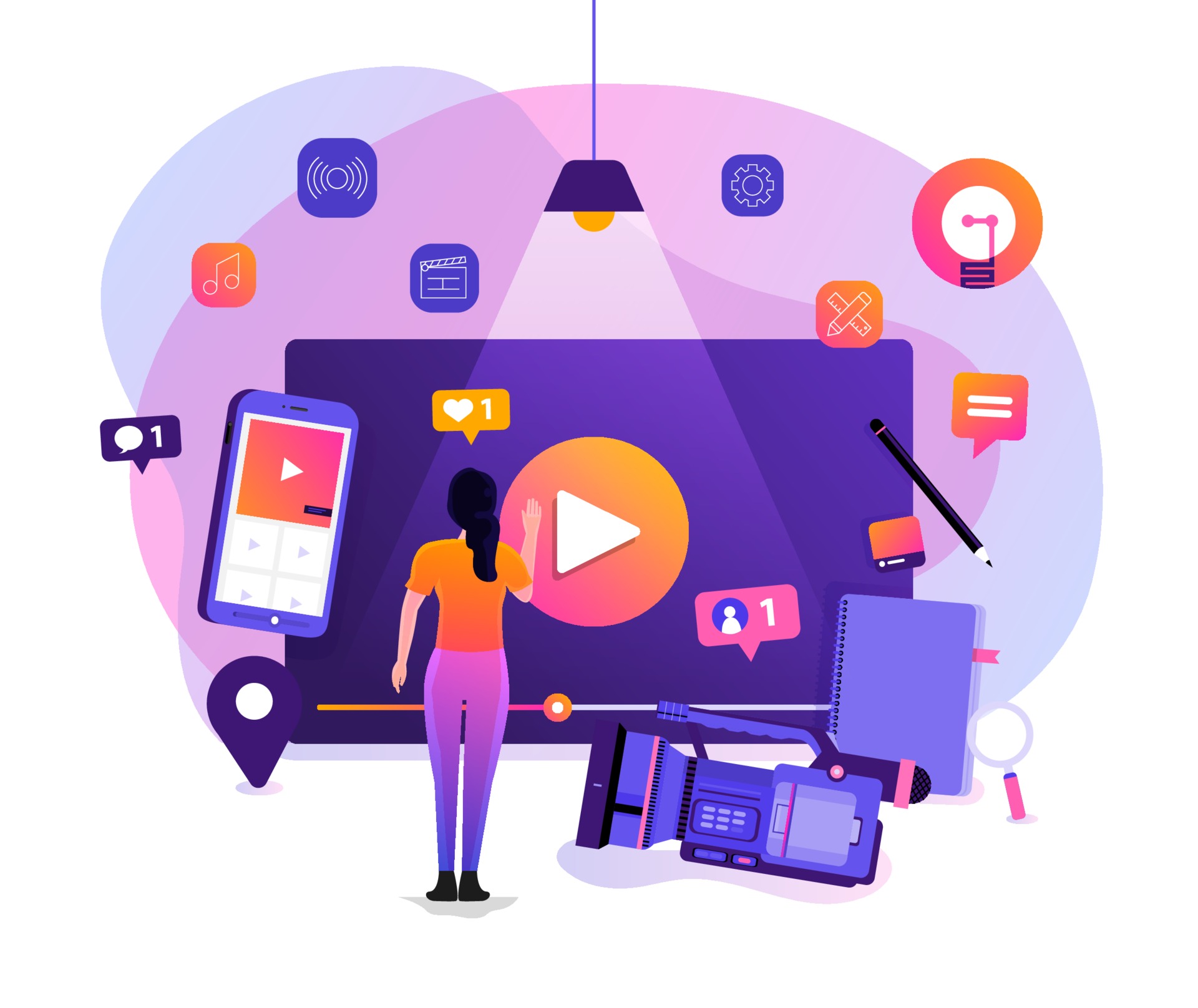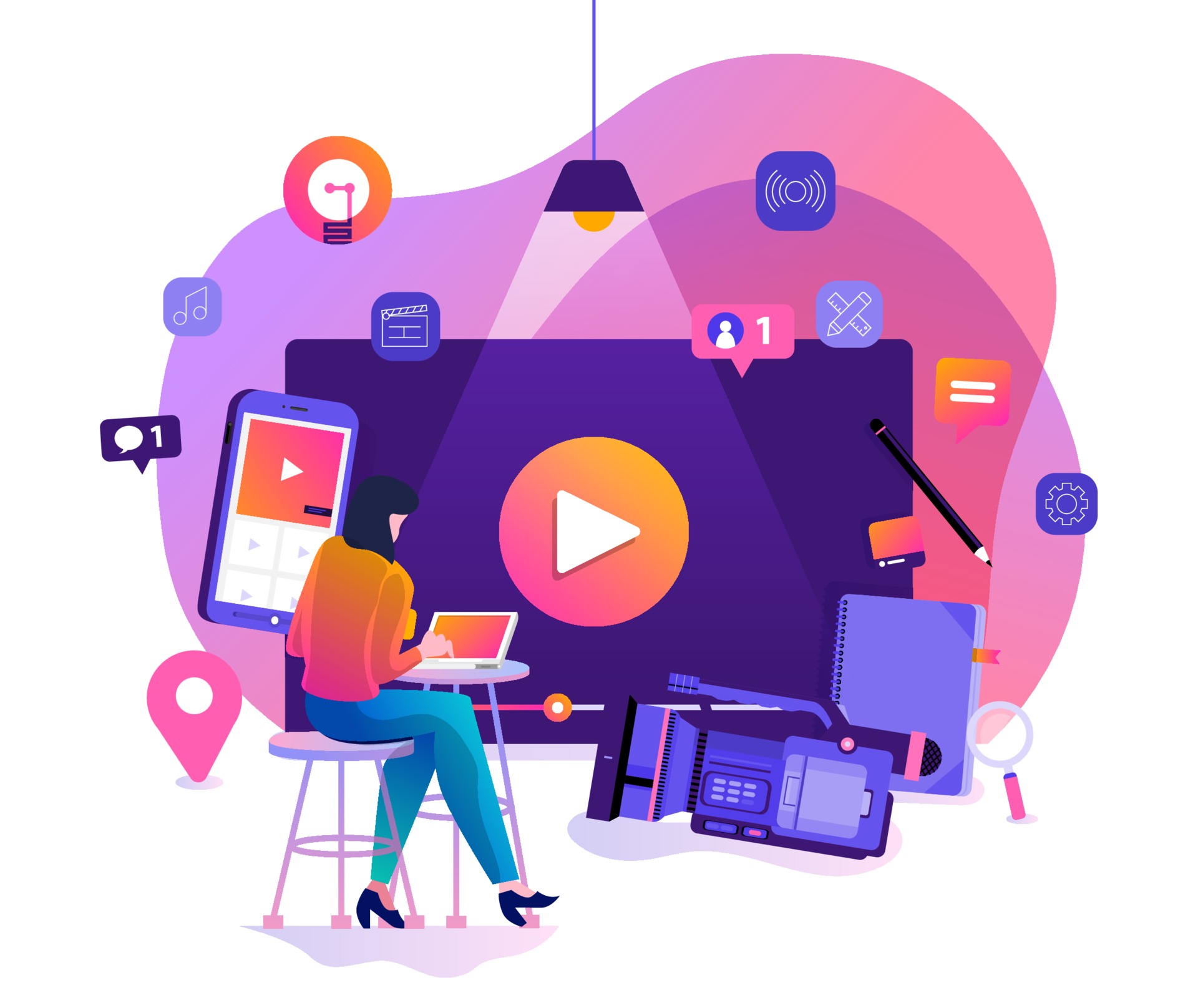The world of e-learning, after the pandemic experience, is rediscovering on-demand online learning, in the form of asynchronous multimedia courses.
This type of training, in addition to being “self-paced”, thus reflecting the user’s learning times, can be characterized by a high multimedia and interactivity content.
As an alternative to recorded lessons, it can in fact allow, on the one hand, the display optimization of the concepts, on the other, a rich variety of animation and interaction effects able to accompany the user who is “alone” in his learning path.

Display of concepts
The creation of a textual storyboard and its subsequent explosion in the various explanatory steps of the concepts, allows the optimization of the language to better explain the different topics, through clear, precise and defining words.
A well-designed storyboard guides the user through the educational path in a fluid and dynamic way, focusing on the most important elements and helping memorize them, through a careful use of summaries and cognitive reinforcements, suitably positioned.
Content animation
If the content is the fundamental substance of training, the form also plays a very important role. Great content poorly presented almost never leads to good learning outcomes.
The storyboard must, at the same time, present the concepts in a pleasant way also form an aesthetic and narrative point of view. Storytelling, for instance, is an excellent expository method, where appropriately applicable, which allows the learner to be guided through engaging metaphors and representations, even distant from one’s own universe of reference.
In any case, a well-constructed graphic storyboard allows the use and “mix” of different media to involve learners in the various levels of learning, visual, auditory, kinesthetic, maintaining an adequate level of attention.
User interaction
Interaction is the third fundamental element characterizing an asynchronous multimedia course; not only valid, well-exposed and animated content but also the possibility for the user to interact with what he is seeing, discovering (click to reveal), directing (scenario branching) and verifying his own understanding (self-verification).
In fact, content can be presented not only through “passive” methods (such as reading and listening), but also through “active” methods in which the user searches for it and defines its development path.
Conclusion
In conclusion, in order for an asynchronous multimedia course to truly constitute a valid teaching tool, it is essential that it reconciles three essential elements: a clear exposition of the concepts, a captivating animation of the contents and an engaging interaction with the user.



